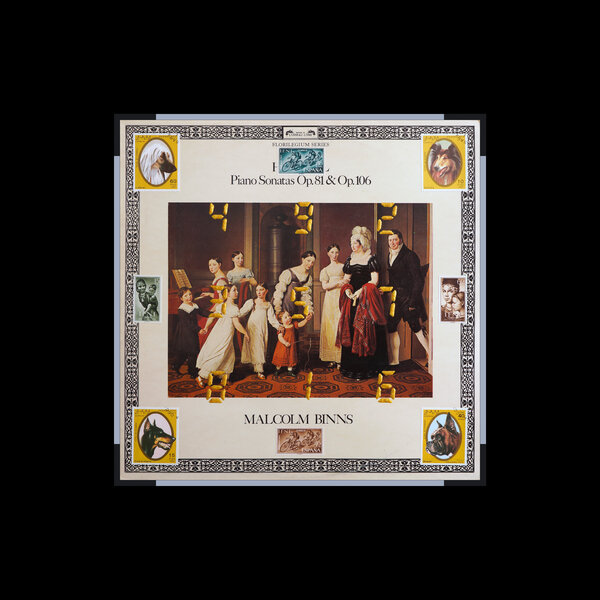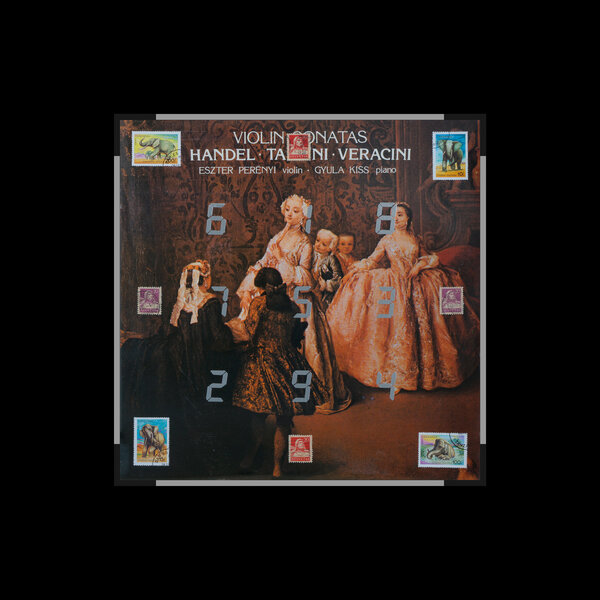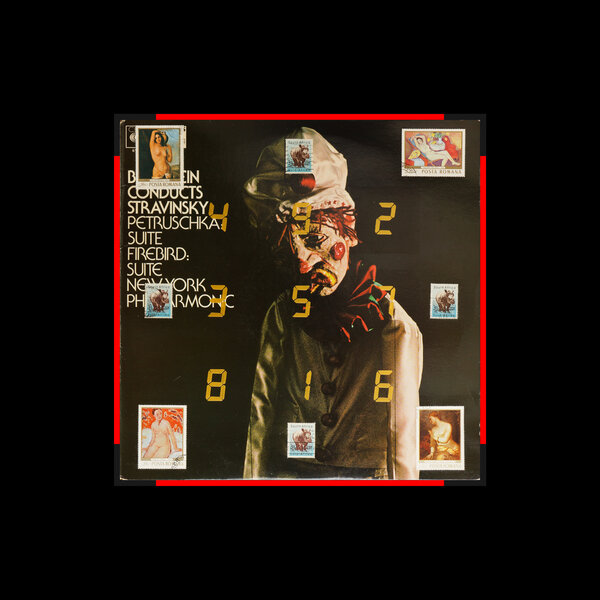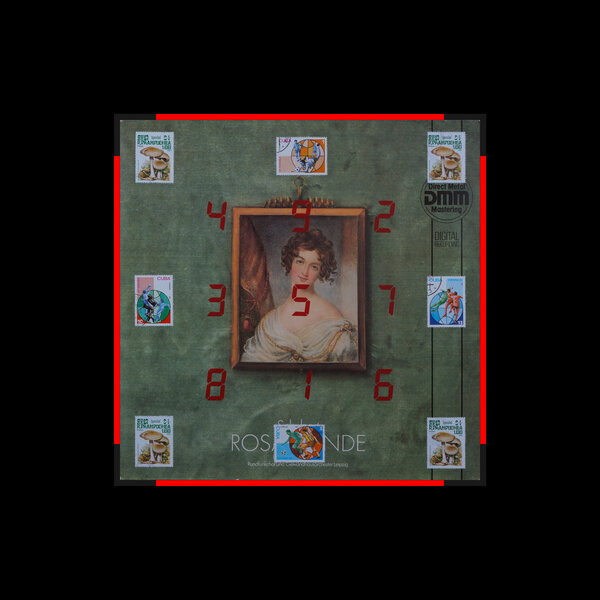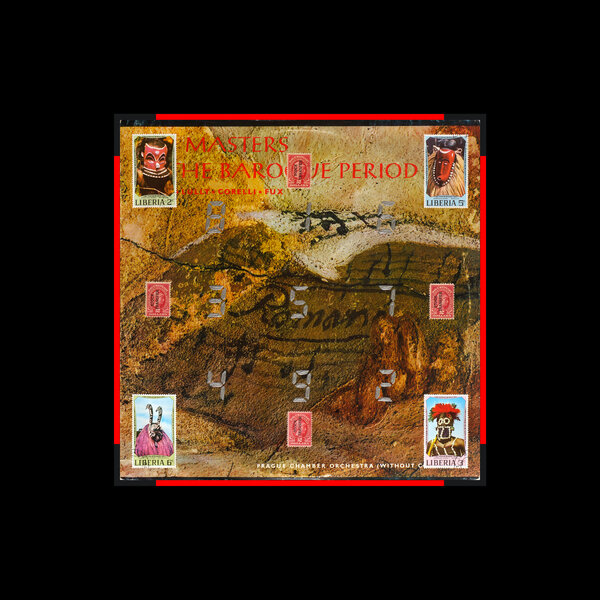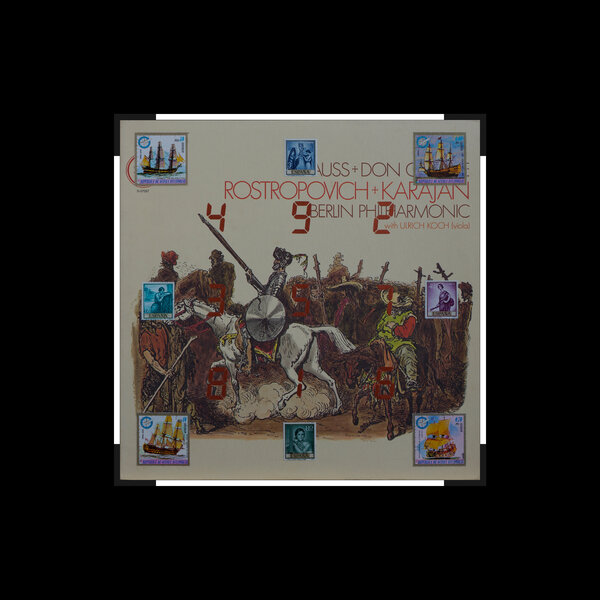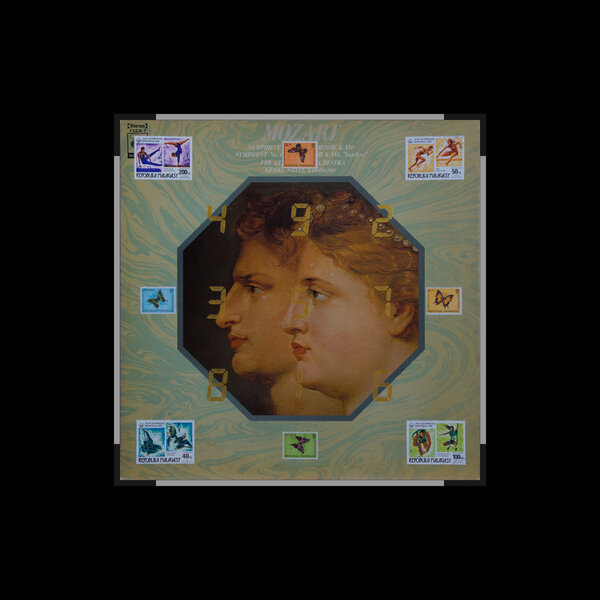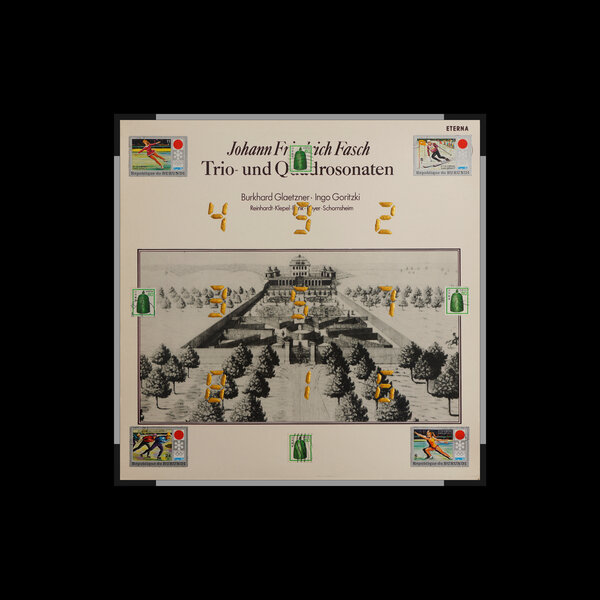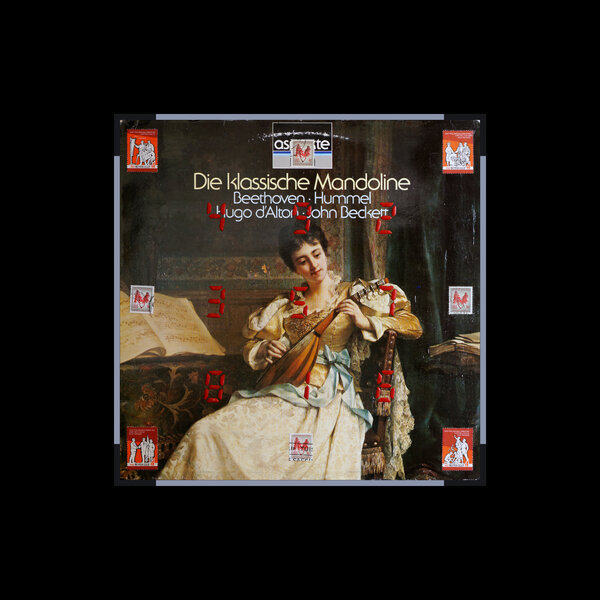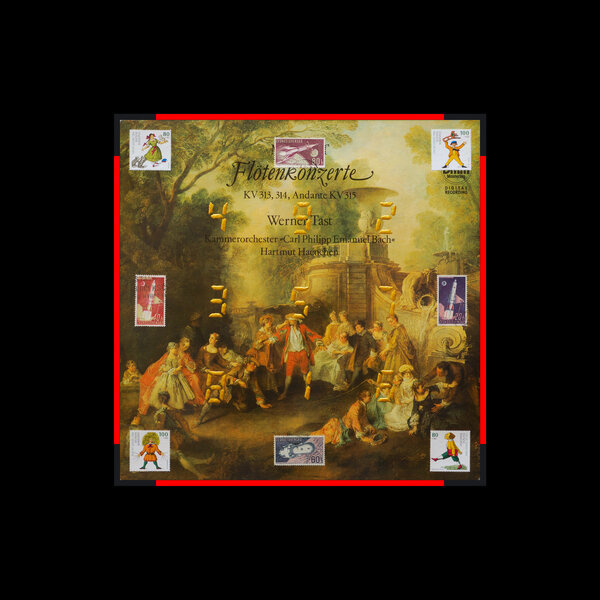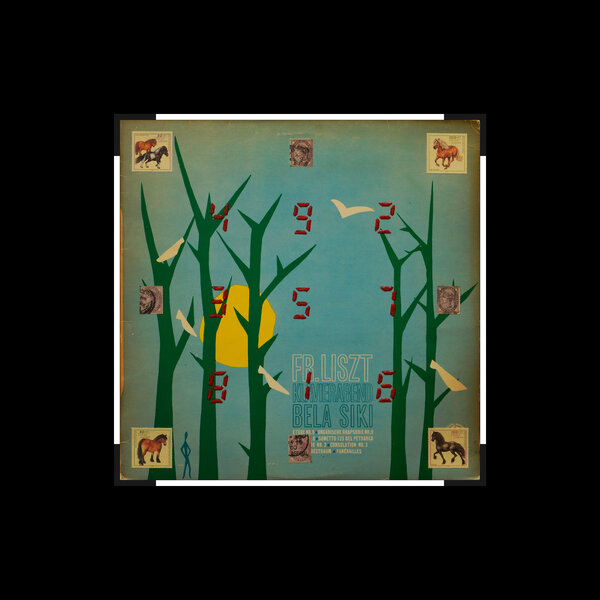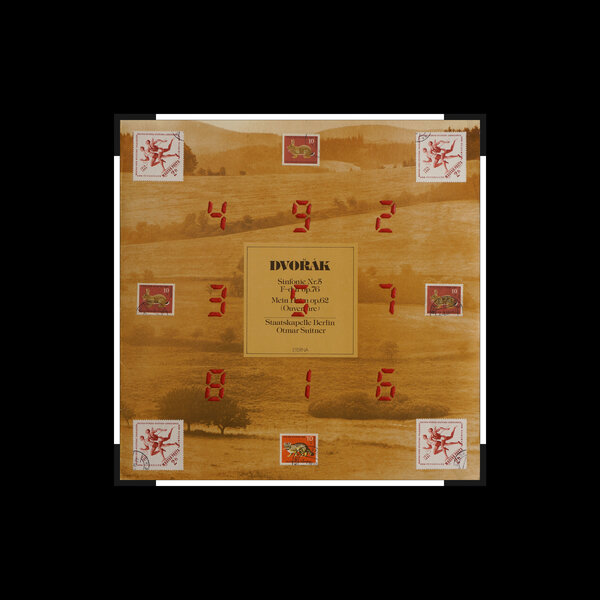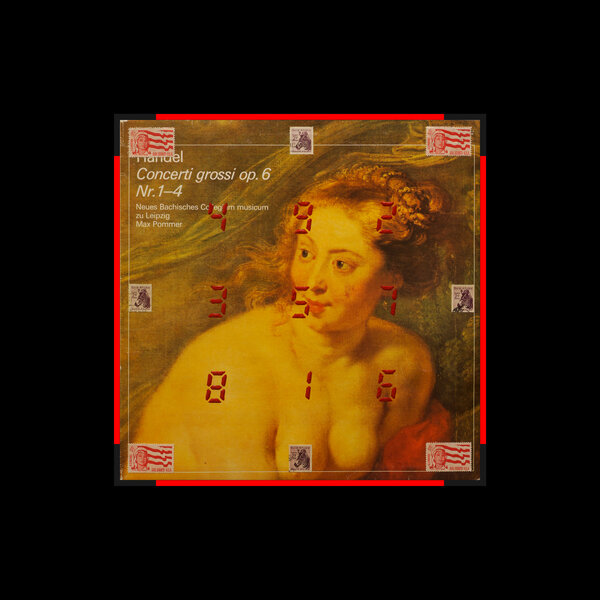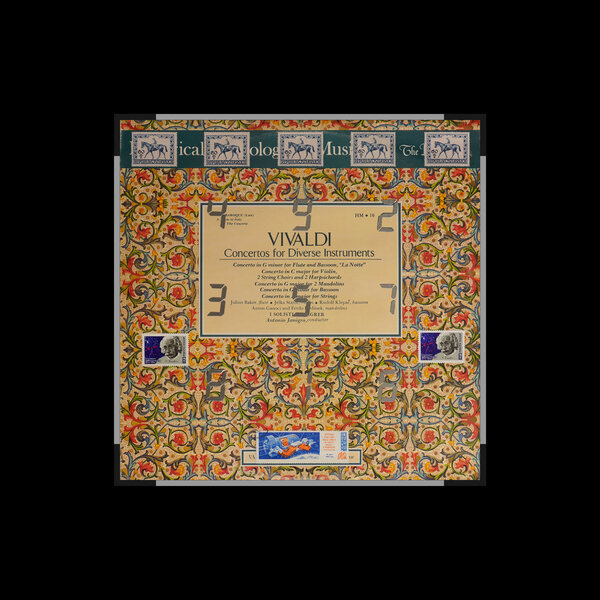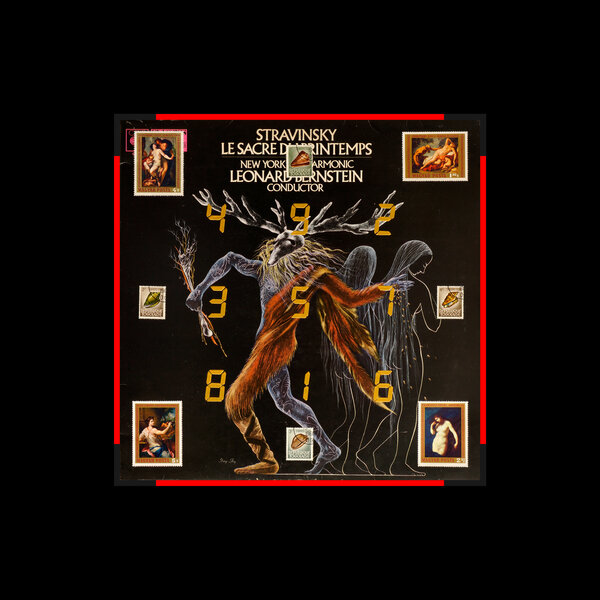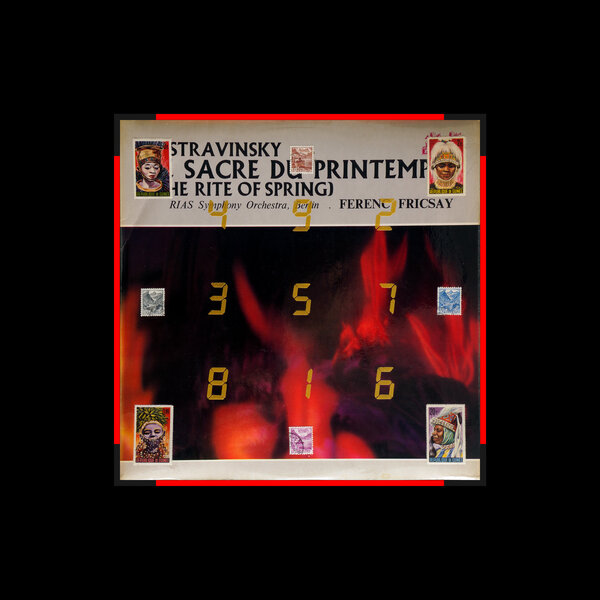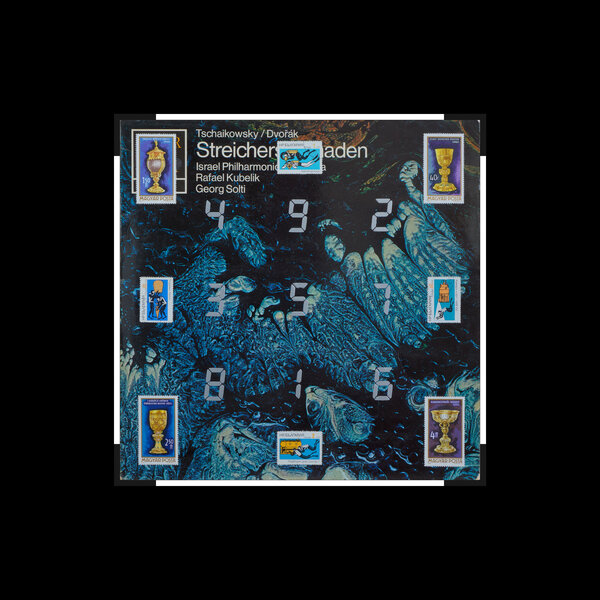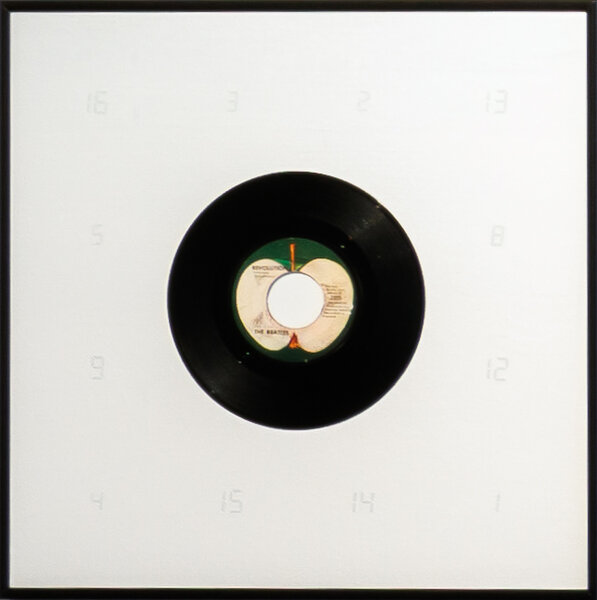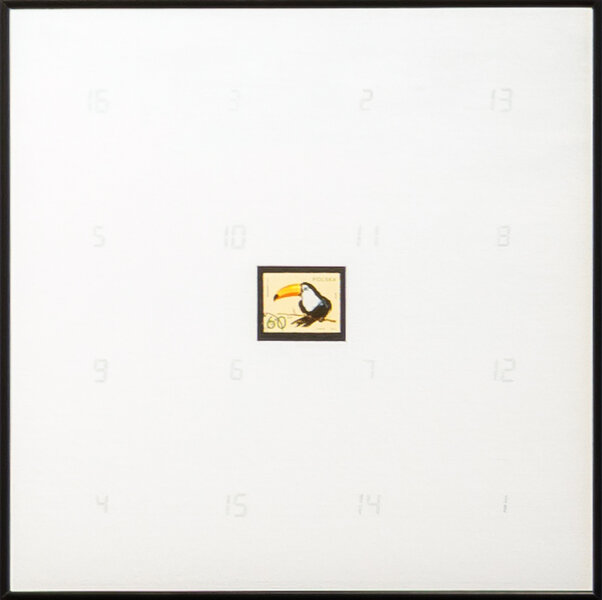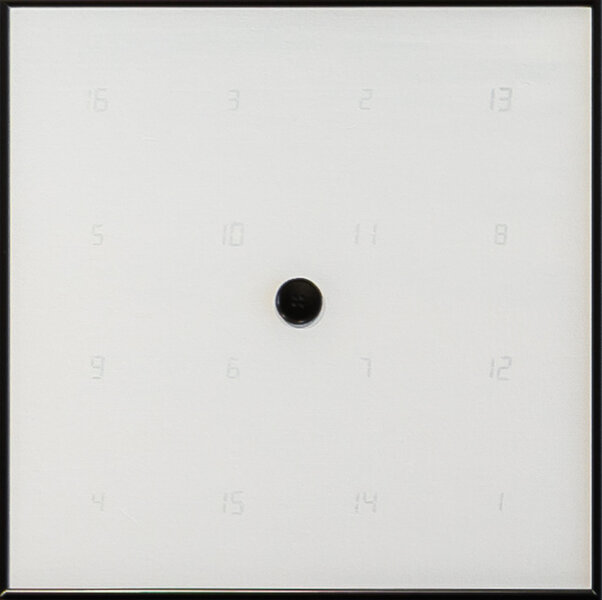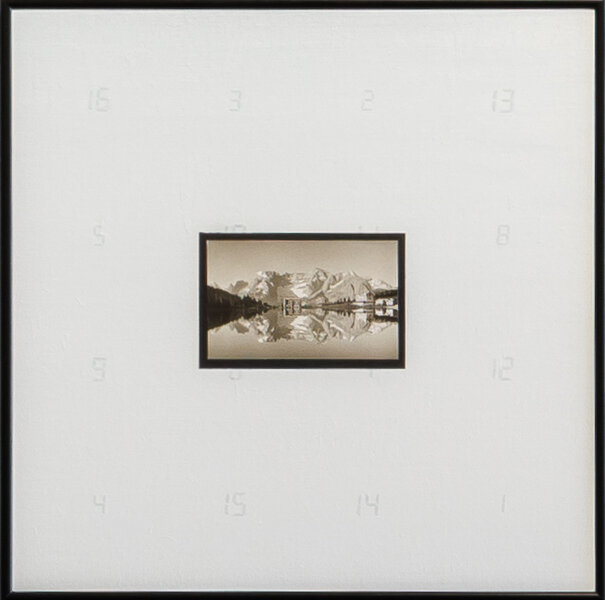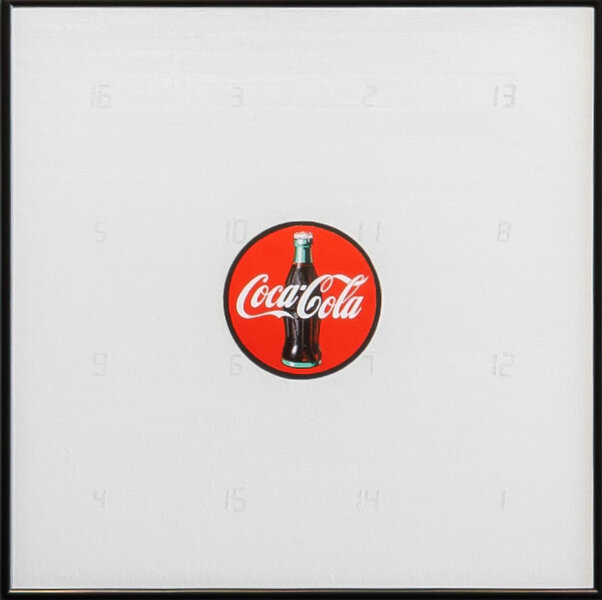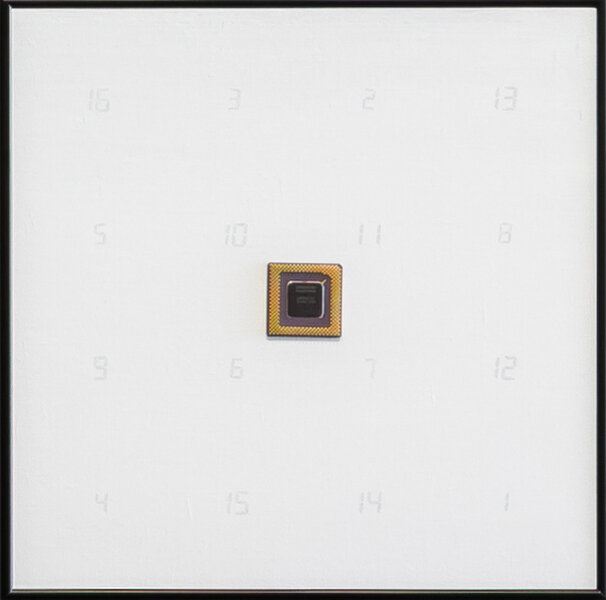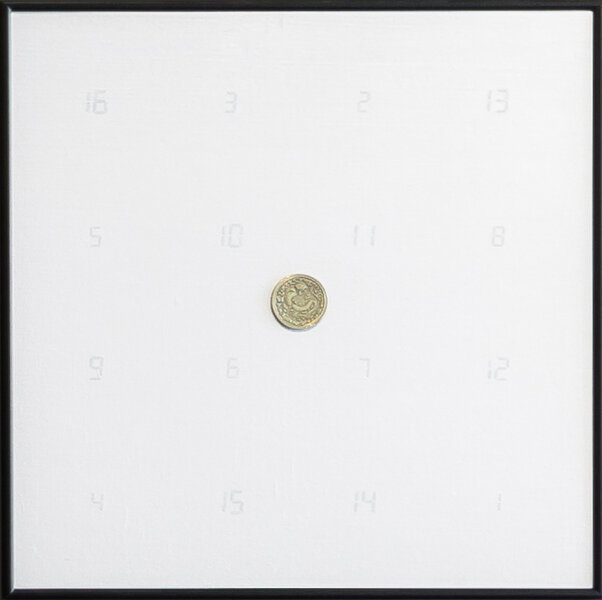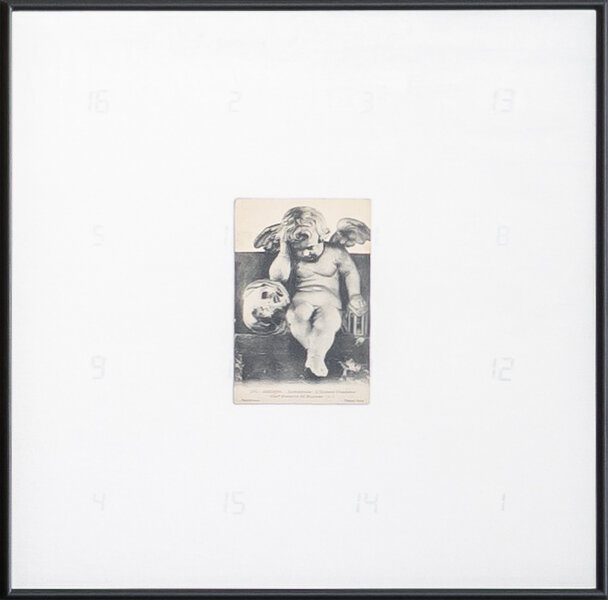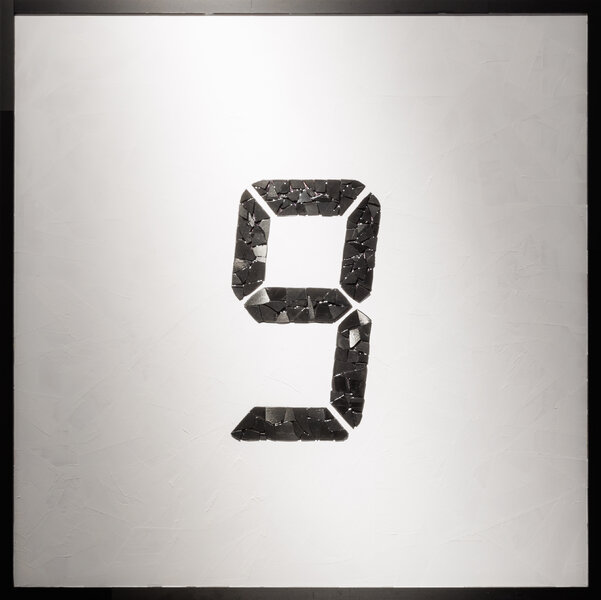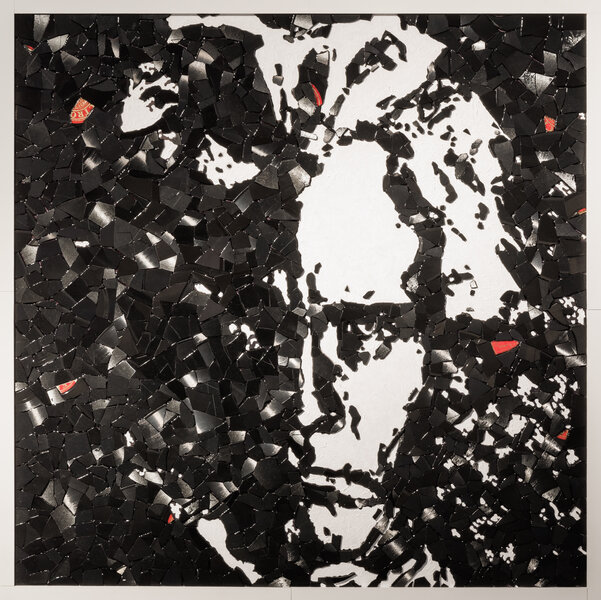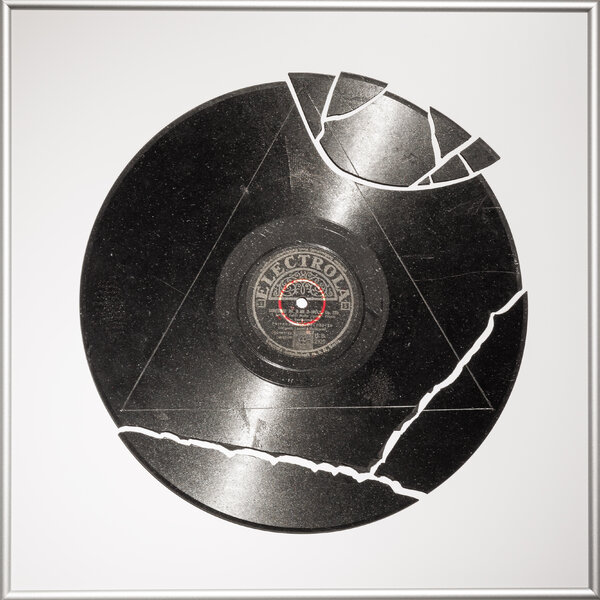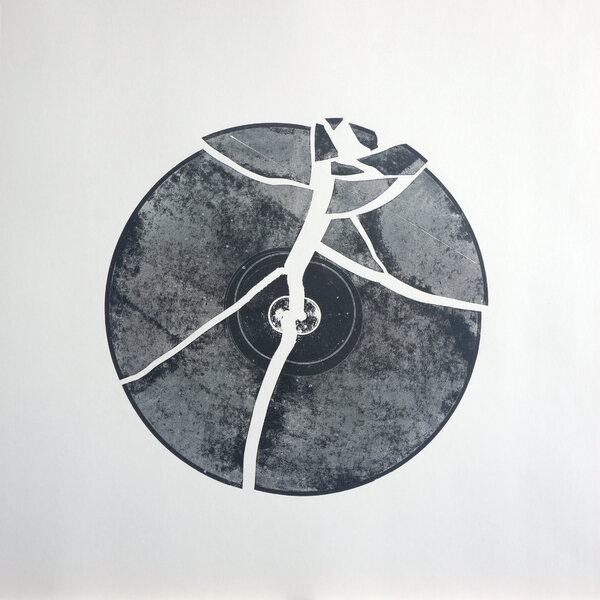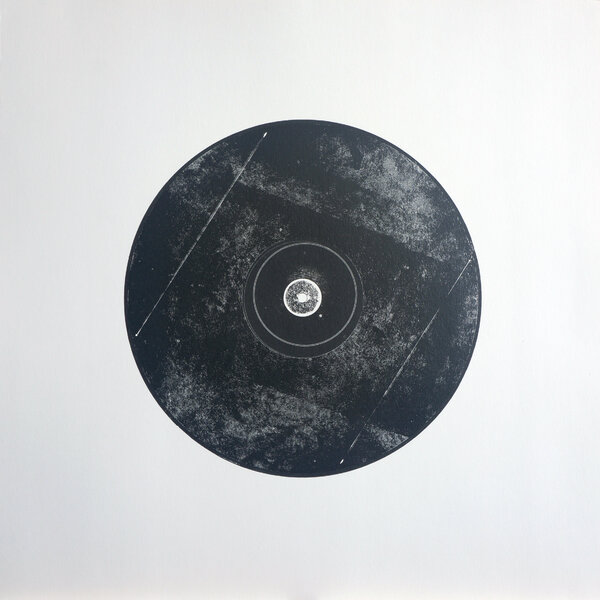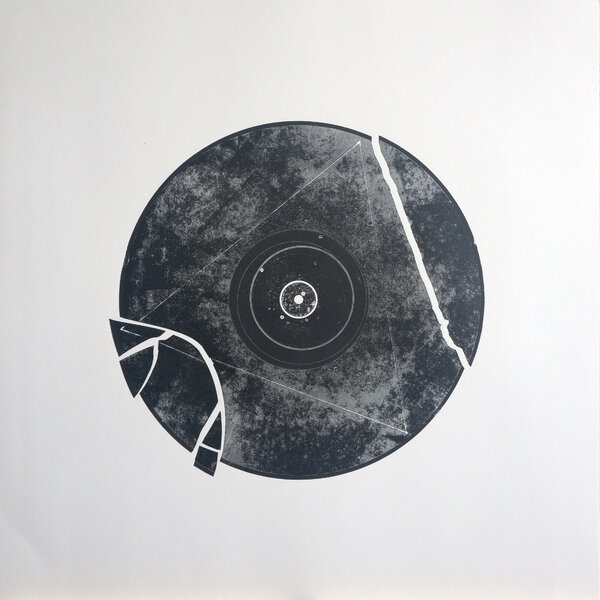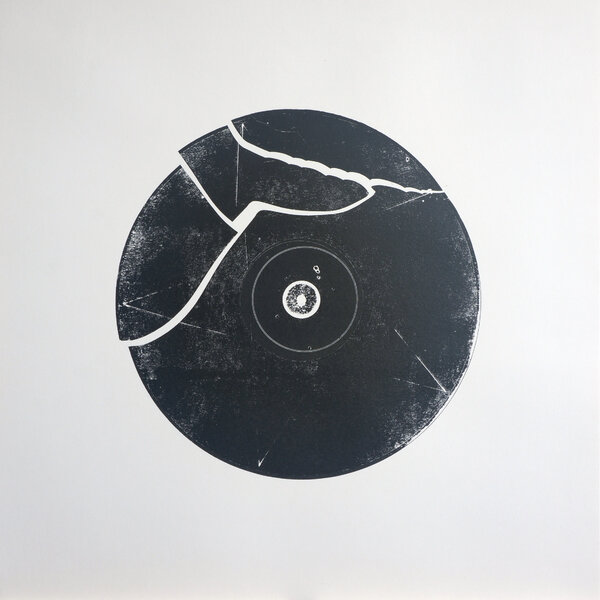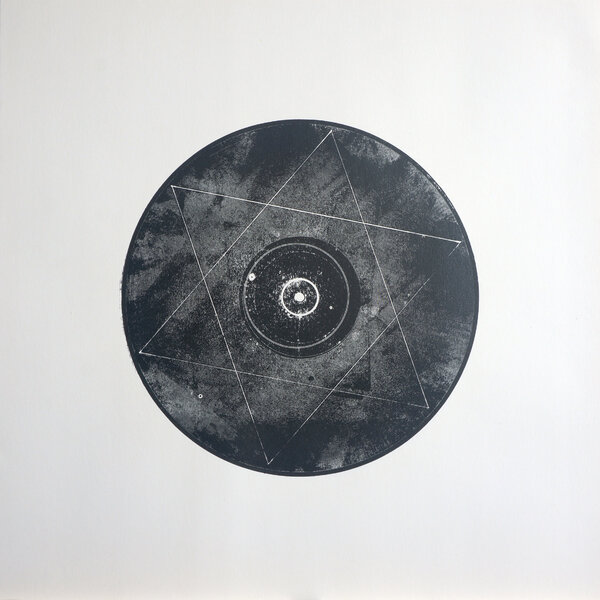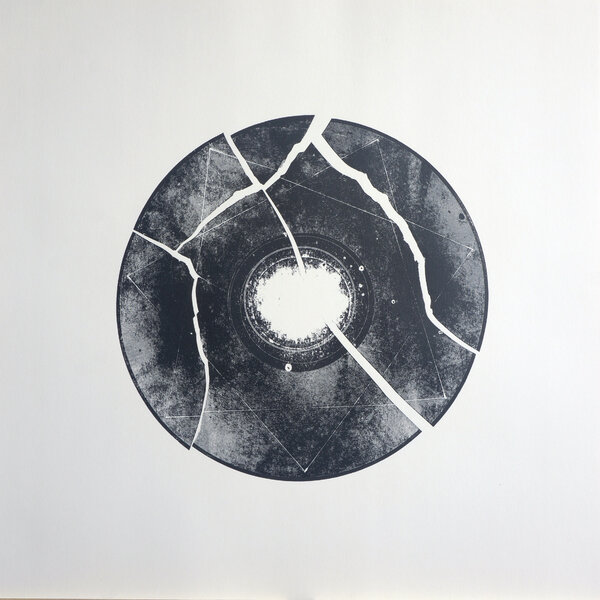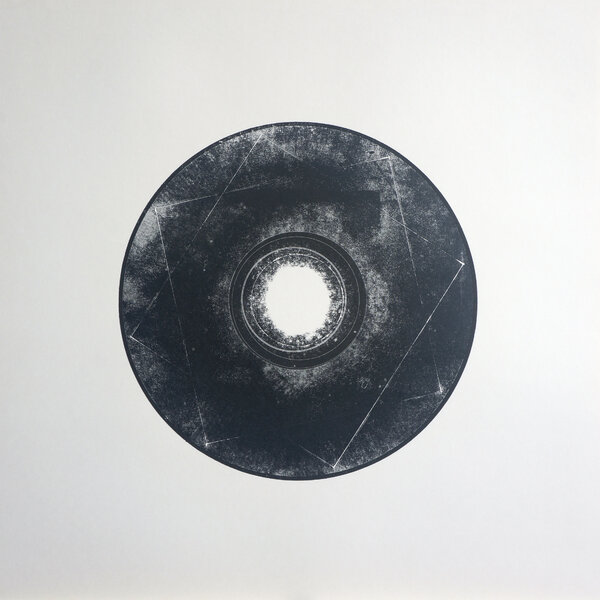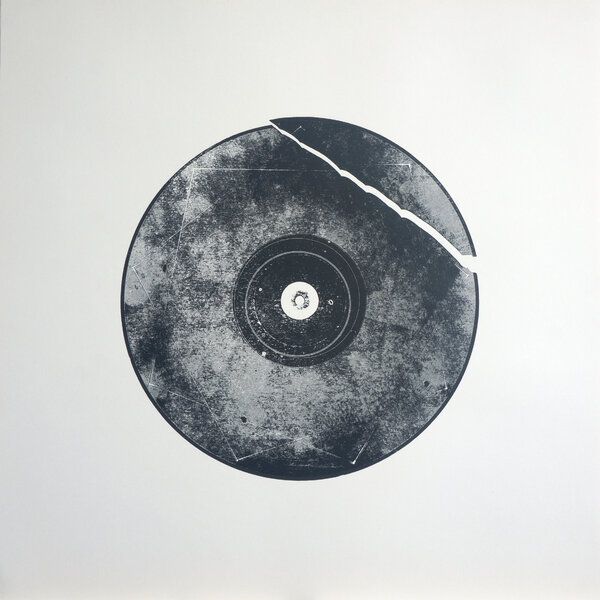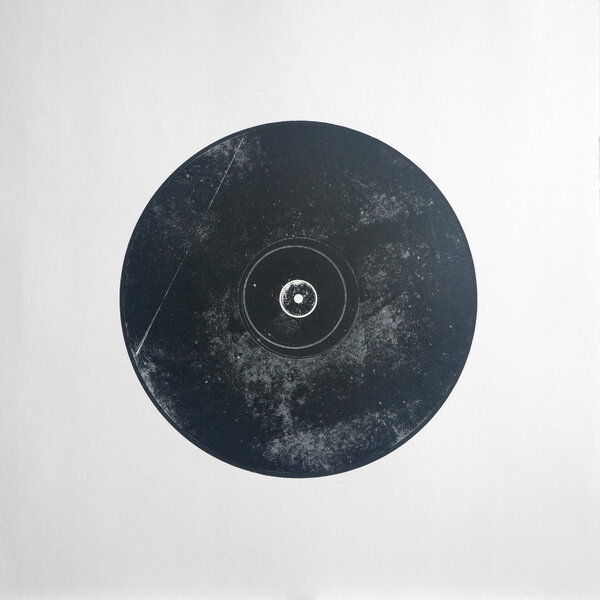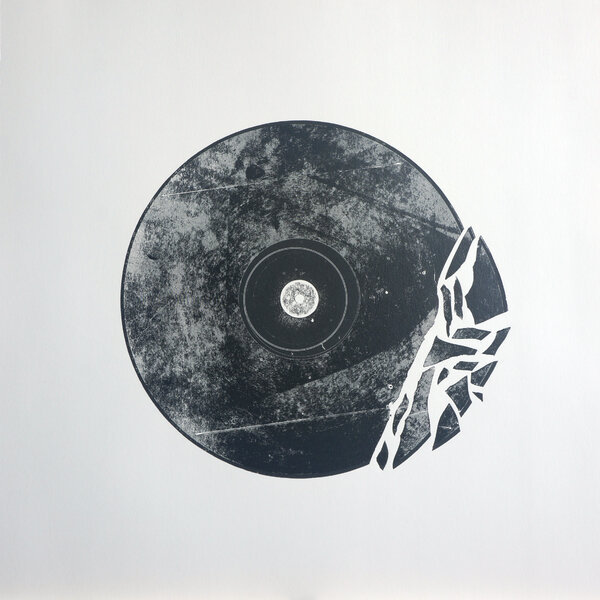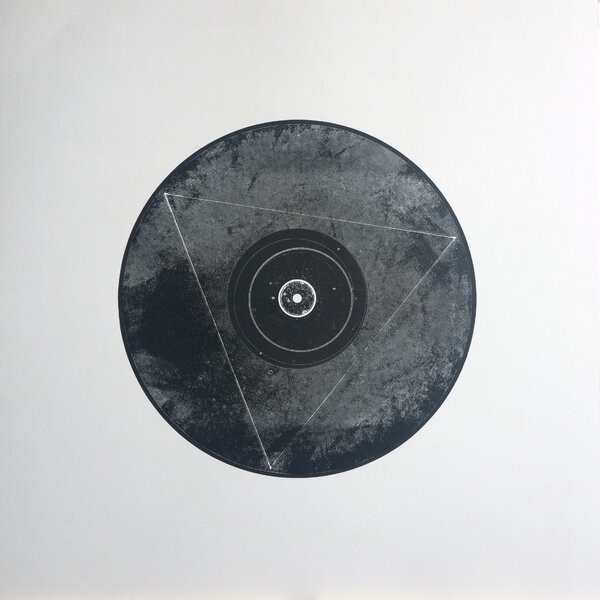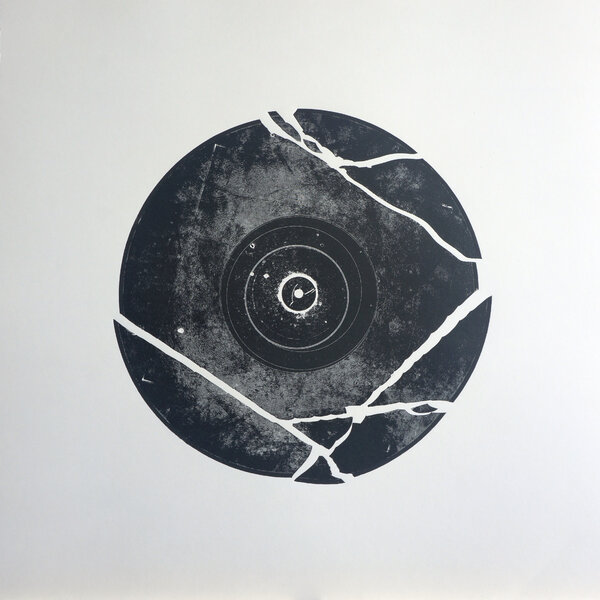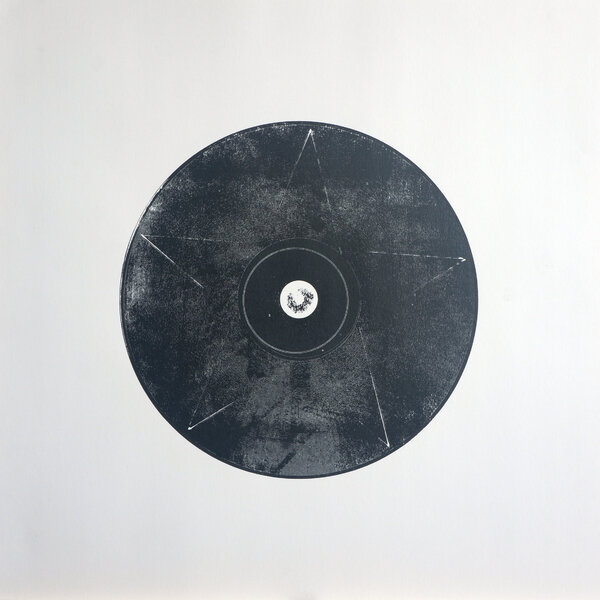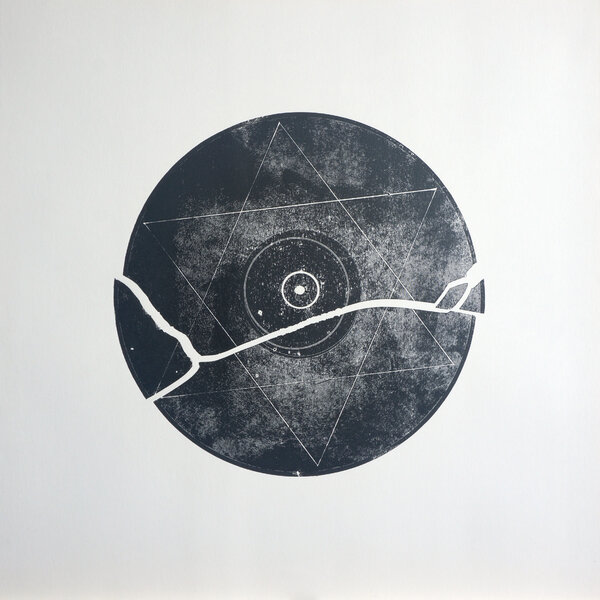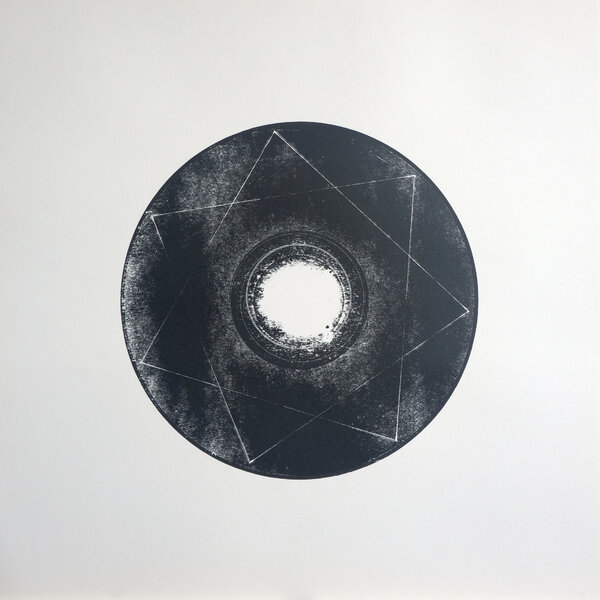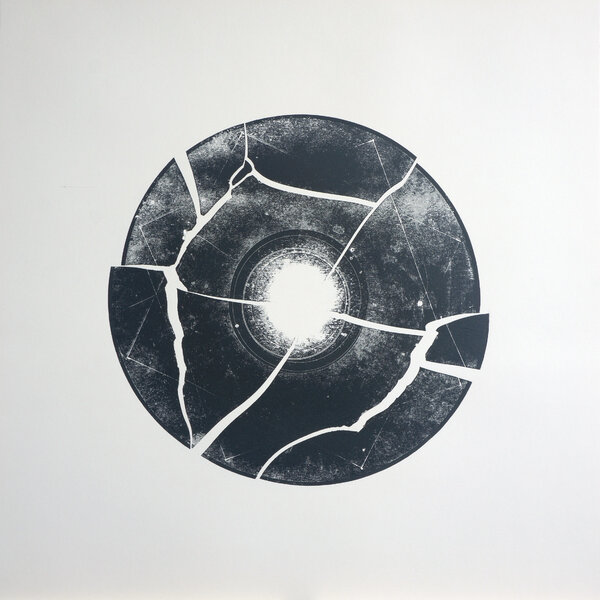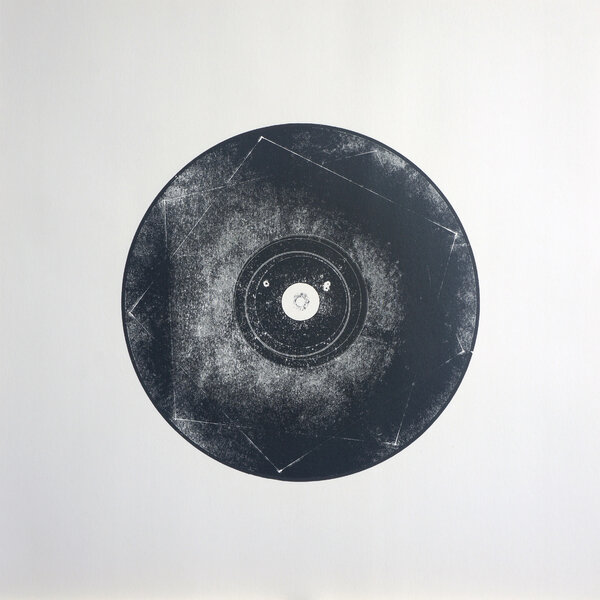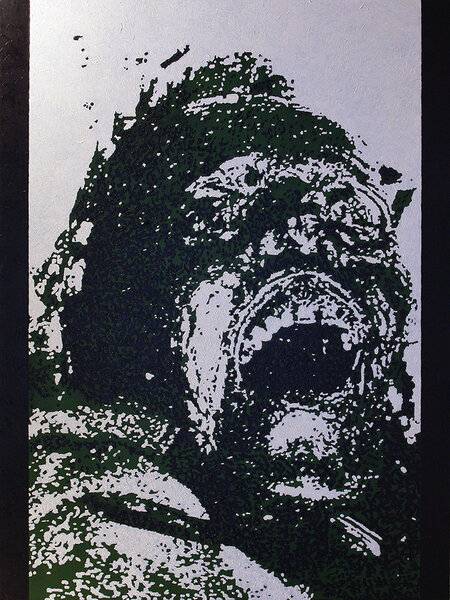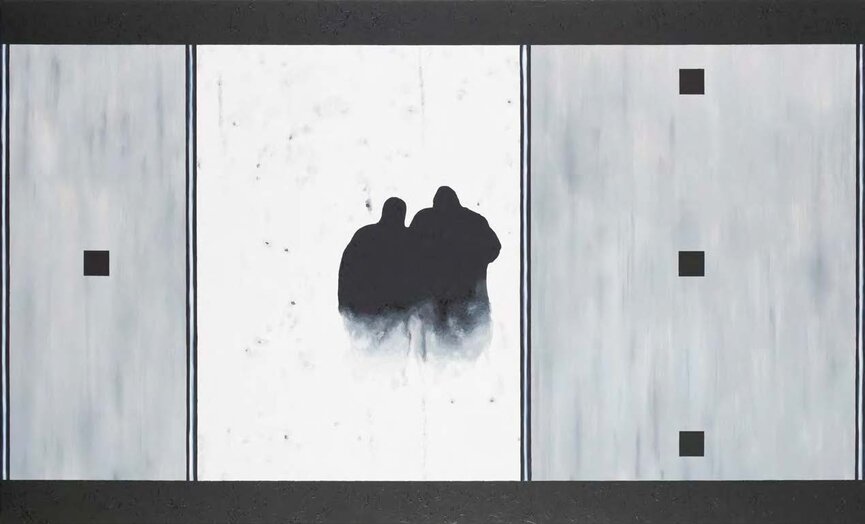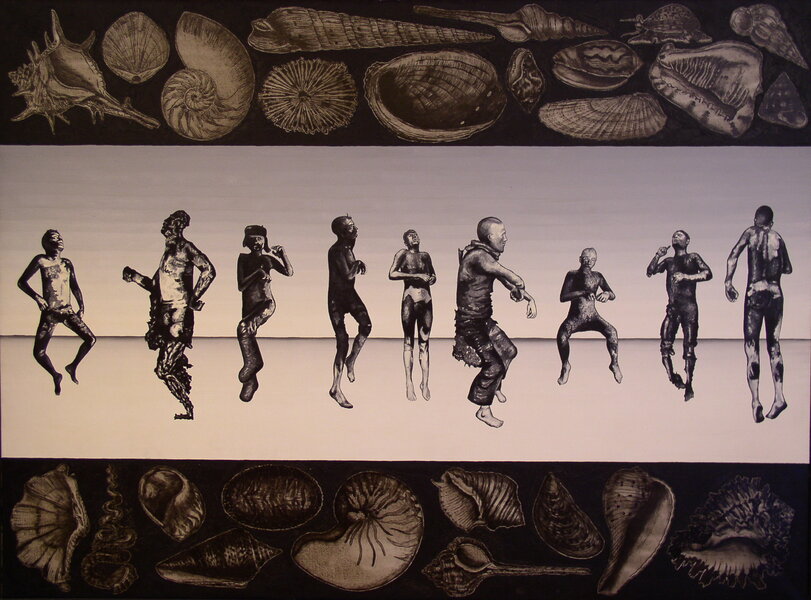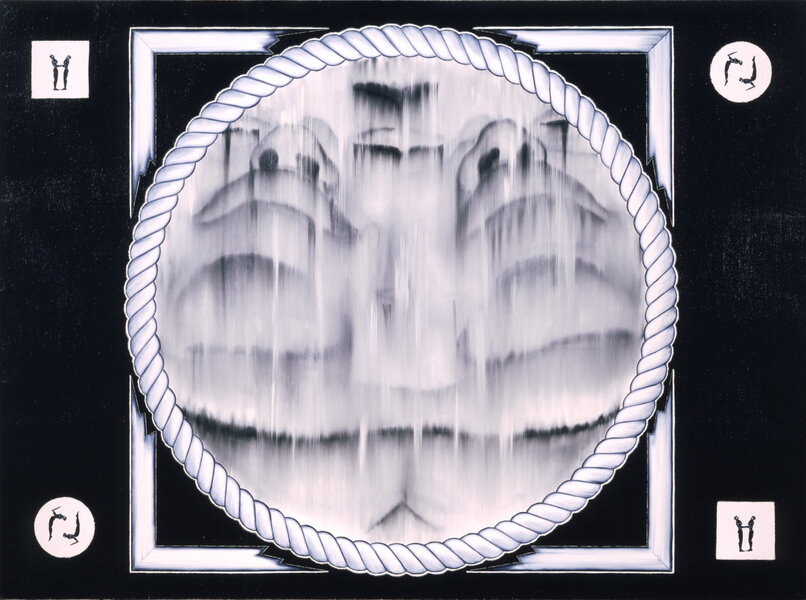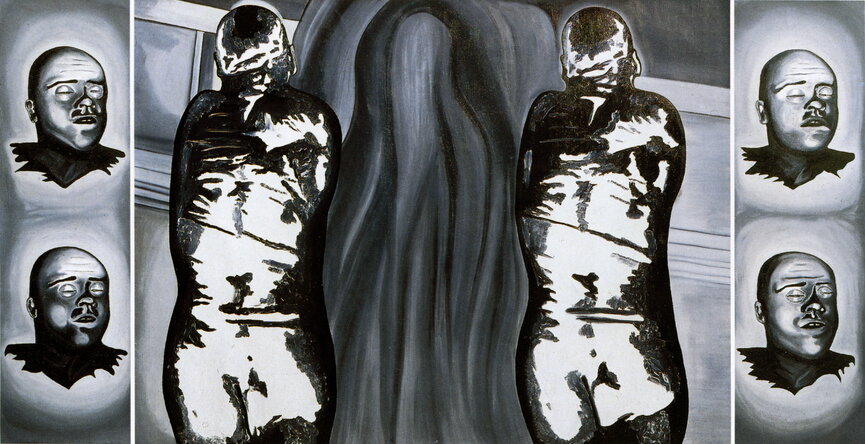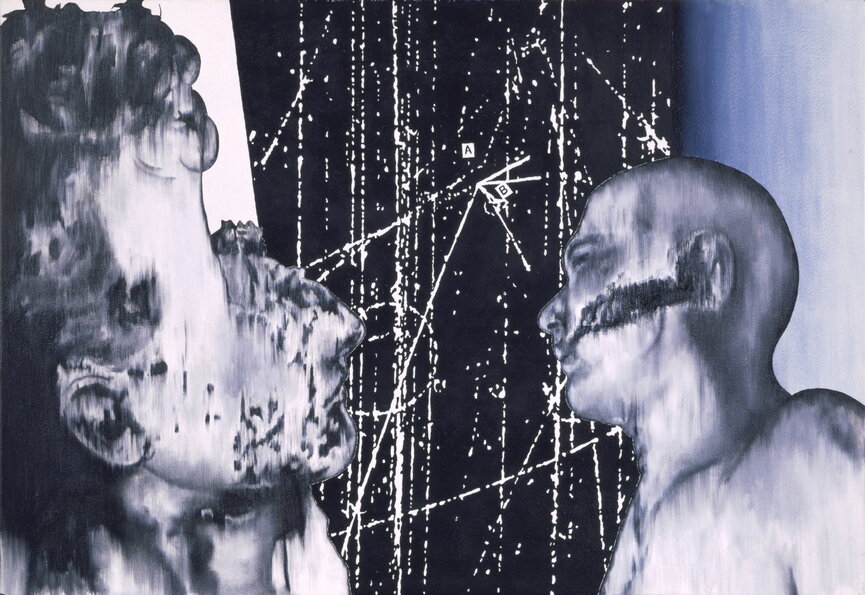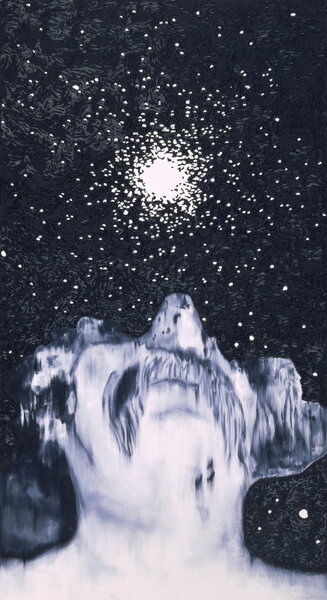Crystallization — an exhibition of a St. Petersburg contemporary artist Vladimir Kustov — is the artistic exploration of the transition process that begins when a critical condition is reached. For liquids such critical conditions for crystallization are cooling temperatures and supersaturation. For humans, it is death.
Crystallization is a landmark study that integrates years of experience of applying necrorealistic artistic methods. Information about the company that produces synthetic diamonds from human ashes served as the inspiration for this exposition creation. Its advertising slogan is A jewel to remember. To turn a human into a diamond, the remains are first cremated then the ashes are exposed to extremely high temperatures and pressure.
The first hall of the exposition features a one-of-a-kind magic squares arrangement. In this project the artist uses the order 8 squares – each square table consists of 8 perfectly 8 x 8 units in which the numbers along each row, column, and diagonal sum to the same total. The squares are compiled on the black stone boards by means of 64 crystal parallelepipeds. The bottom facets contain the laser engraved numbers using liquid crystal font which comprise the magic squares.
Inside of the parallelepiped there is an octahedron; its pyramidal shape forms the basis of the diamond crystal structure. Suspended at its center is a human in the pugilistic stance. The first photograph of this position was published in the Atlas of Legal Medicine by Eduard von Hoffman at the end of the XX century. This position is adopted by the body exposed to long-term high-temperatures when heated muscle stiffening and shortening results in flexion of the joints.The body appears to be striving to return to its beginning form — that of an embryo. This observation partially explains why cremation rituals are widely developed among many cultures.
Crystals-numbers used for compiling magic squares are placed on eight wooden stands made in the shapes of boats alluding to the soul-ferries that transport the souls of the deceased to the afterlife. With every touch of a crystal, the boats start rocking on the long strings as if on the waves of an invisible river.
In the second hall of the exposition, there is a central object of the installation — a black stone pyramid made of sixty-four numbered crystals containing the artist self portrait laser engravings. A crystal clear, in both literal and metaphorical senses, object on top of the pyramid is the finalization of the chronotopic experiment where each crystal records transformation of the human over time.
Crystallization is the self portrait of the transitional state where time is portrayed as a magic crystal, the solution to which is read from above by means of liquid crystal numbers. When viewed from above they form another the 8 order square called Mercury Magic Square as the number 8 is associated with Mercury. In Roman mythology, Mercury was both a god of trade and commerce and a psychopomp escorting newly deceased souls to the afterlife.
The pyramid is accompanied by the eight computer graphic artworks which further explore the theme of the magic square. In their black and white squares set against the crystal grid background the artist uses monochromatic colour scheme like in all other objects of this exposition, where the black colour (graphite) symbolizes life and white (diamond) — death.
It is well known that depending on its crystal structure, carbon is either a diamond or a graphite. Graphite absorbs light while diamond reflects it and the two crystal cubes on the black stone pedestals reflect the surrounding space, playing the role of the slowly rotating mirrors in the semi-dark environment of this installation. In the third exposition hall, paintings are displayed – four magic squares and the principal painting of the exhibition Crystallization.
Another part of this installation is an art video where the magic square is portrayed against the recording background of a fetus ultrasonography. The form of a fetus clearly resembles that of the pugilistic stance of a boxer — one of the core themes of this study.
Pavel Slutsky





